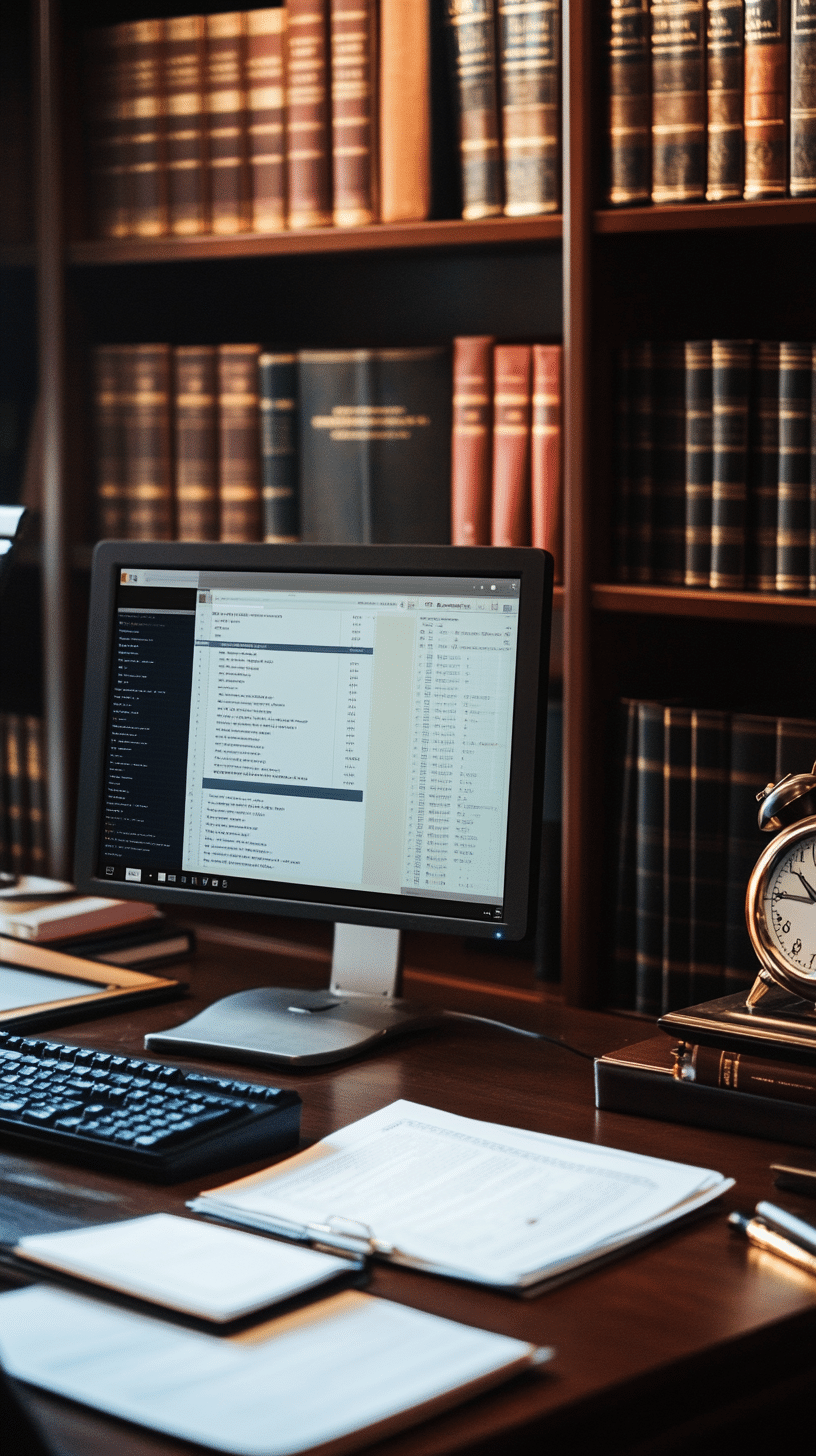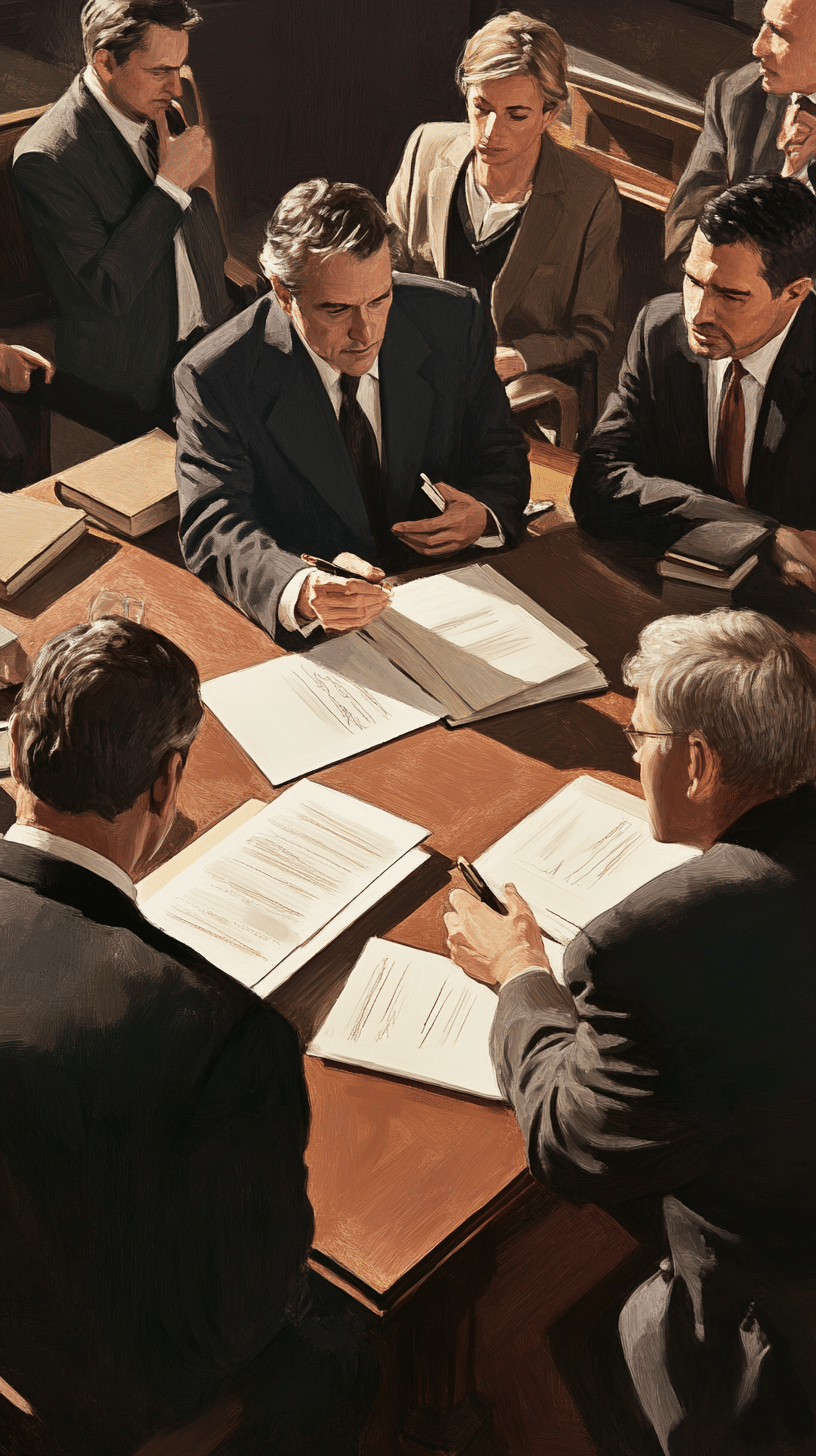People v Howard, 2015 NY Slip Op 08870 (3d Dept. 2015)
Sometimes, you cannot obtain all of the links of the hearsay chain and have to rely on basis hearsay. The big question mark to me has always been: how do you lay the foundation to get to the professional reliability exception? This is an example.
“Contrary to defendant’s arguments, County Court did not improperly admit hearsay testimony by permitting an insurance investigator to testify about interviews he conducted while investigating the fire. The investigator testified that, following his investigation, he concluded that the fire was caused by human action and that this opinion was based, in part, upon his communications with an independent electrical consultant who assisted him in the investigation, and also with one of the wife’s children. Although neither of these individuals testified at trial, the professional reliability exception to the hearsay rule permits an expert witness to rely upon out-of-court information that would otherwise be inadmissible “if it is of a kind accepted in the profession as reliable in forming a professional opinion” (People v Goldstein, 6 NY3d 119, 124-125 [2005], cert denied 547 US 1159 [2006] [internal quotation marks and citations omitted]; accord Matter of State of New York v Floyd Y., 22 NY3d 95, 107 [2013]). “[A] prerequisite to admission of such out-of-court material is a showing by the proponent that it is reliable as a basis for expert opinion in the given field” (People v Wlasiuk, 32 AD3d 674, 680-681 [2006], lv dismissed 7 NY3d 871 [2006]). Here, the People laid the necessary foundation for allowing introduction of the information obtained from the consultant through the testimony of the investigator, who described the consultant’s qualifications as a retired master electrician who had assisted the investigator in many prior fire investigations, had likewise assisted other companies and investigators and had previously been qualified as an expert in state and federal court.”












